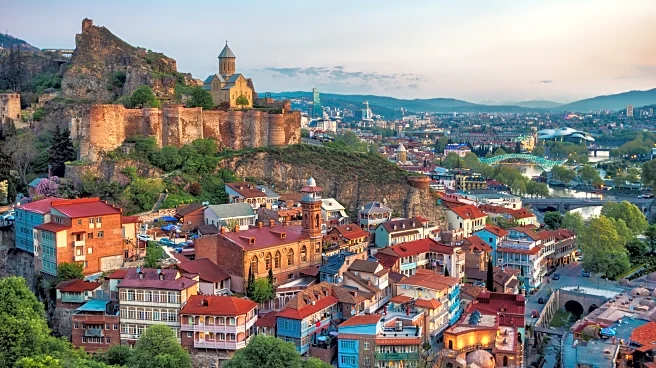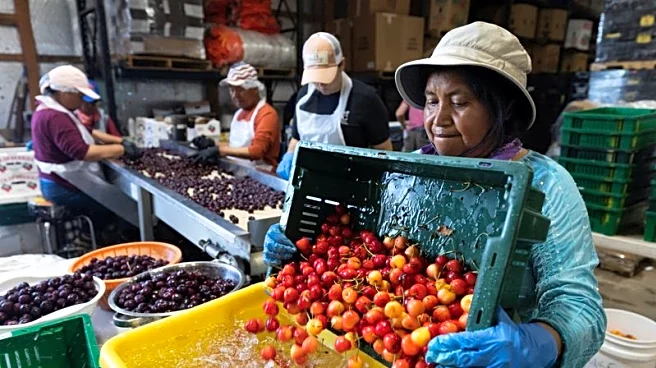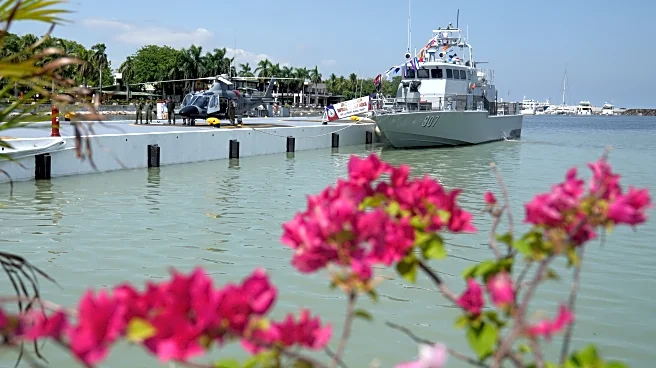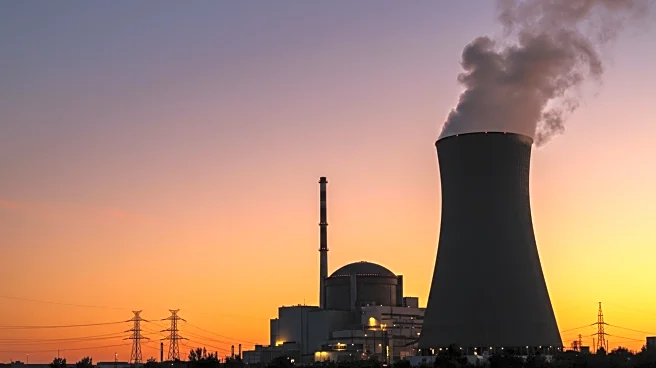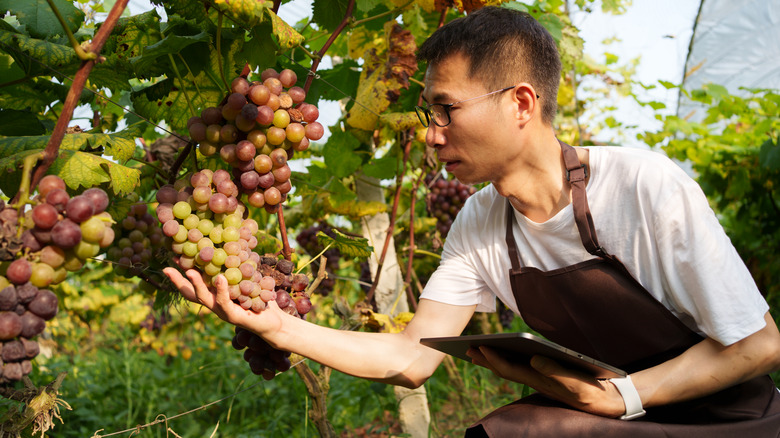
Oenophiles will wax poetic over Georgia, Europe's most underrated wine regions that rival Tuscany , or the secret Oregon wine region that offers rare varietals and edgy, innovative blends. But over in Asia, China is quietly emerging as an unexpected player in the wine scene, positioning itself as one of the world's most exciting wine destinations. And why shouldn't it be? Encompassing a landscape of vast terroirs and climate regions, the country produces a range of wines that make China a burgeoning
wine destination ripe for exploration.
Historically, rice wine was the staple drink of royalty and aristocrats during the Shang dynasty (1600 to 1050 B.C.), while grape wine production was introduced to the country around 840 years later, during the Han dynasty — and it wasn't as popular then as it is now. Today, China possesses 785,000 hectares (over 1.9 million acres) of vineyards, catapulting it to the third among the 10 countries with the biggest vineyard acreages in the world. Production-wise, China ranked 15th in the world's top wine producing countries (per World Population Review), the first Asian country on the list (or second, if you count Eurasian Russia).
From Ningxia's remote and dry terrain to Yunnan's high altitude terroir, the bottles coming from China show an appreciation for classics and an understanding of evolving tastes of local consumers. Tourists taking advantage of China's visa-free policy shouldn't pass up the chance to experience the country's wine renaissance — here are the places to sip and stay while you're at it.
Read more: The Most Tourist-Friendly Countries In The World, According To Travelers
Ningxia
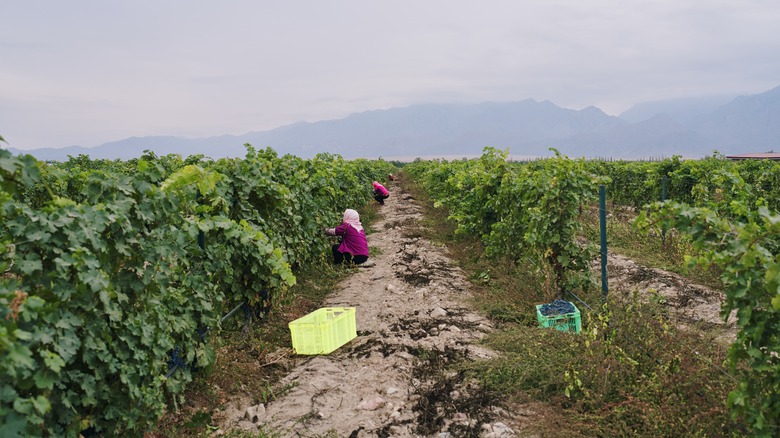
Situated at the base of the Helan Mountains and irrigated by the Yellow River through canals, Ningxia's 100 miles of vineyards along the river flourish despite the drastic climate the region succumbs to. Given their proximity to the Gobi desert, Ningxia vines are meticulously covered under dirt come wintertime, then dug out again in spring. The labor-intensive task pays off in the quality of its notable wines, earning Ningxia its "Bordeaux of China" nickname. This dedication hasn't escaped the eye of international conglomerates including Pernod Ricard and LVMH, who have invested in the region.
The winery Helan Qingxue singlehandedly put Ningxia on the winemaking map with its Grand Reserve Jia Dei Lan winning the 2011 Decanter World Wine Awards. The winery turned 20 in 2025, and their 23-hectare land has so far produced varieties of pinot noir, chardonnay, malbec, and marselan, among others. The family-run Silver Heights winery deserves equal attention for its limited edition cabernet Sauvignon that rivals Bordeaux grand crus and its sustainable biodynamic farming methods informed by European oenology. If you can, sample Kanaan Winery's riesling: Once deemed as a "mission impossible," it is now the house's stand-out for its bold, refreshing pull.
Stay in local and Western hotels in Ningxia's capital, Yinchuan. Its downtown is not particularly exciting, but drive 13 miles west and you'll find the Xixia Imperial Tombs, a UNESCO World Heritage site featuring hundreds of imperial tombs spread across a 15-square mile complex — a stunning showcase of the Tangut people's architectural, religious, and socio-political heritage.
Yunnan
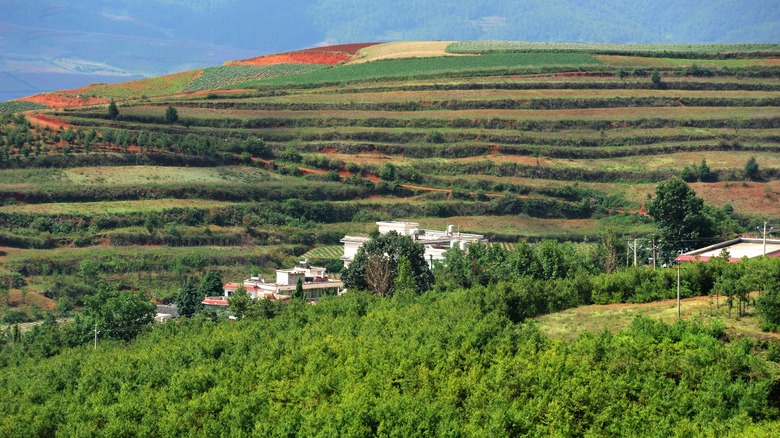
Yunnan is a relative newcomer to the Chinese wine game. Bordering Myanmar, Laos, and Vietnam, the region falls along the same latitude as Africa's Sahara Desert, enjoying a tropical and humid environment. Near the Tibetan border, hilly and mountainous elevations (soaring up to 8,200 feet) receive intense sunlight and cooler nights, allowing vines to thrive in winter without any intervention. Traditional hybrid strains of rose honey, French wild, and crystal are grown in the region's mineral-abundant soil alongside international grape varieties. Due to Yunnan's steep and mountainous terrain, grape plots are relatively smaller and scattered far and wide.
LVMH estate's Ao Yun vineyards populate 314 plots in four small villages dotted around the famous Yunnan city, Shangri-La. High altitude, slow ripening, and deeply-rooted vines have produced complex, iconic vintages the estate is known for. Head to the Tibetan-Naxi village of Cizhong for a sampling of unique wine made from rose honey grape, introduced to the area by French missionaries in the 1800s through communion wine. The grape was rediscovered by a French winemaker on the village's Catholic Church property. Its floral and aromatic blend — uniquely Tibetan by way of France — can be sampled at the local winery, Cizhou. While exploring Yunnan's wines, fit in a trip to Shangri-La's picturesque ancient Tibetan town, or hike up 3,790 meters to view one of the world's deepest river canyons, Tiger Leaping Gorge, from above.
Shandong
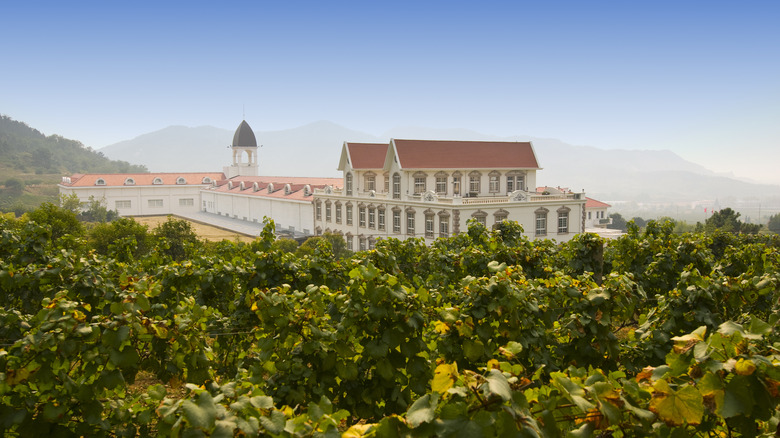
China's largest wine-producing region, Shandong, has vineyards that thrive in cool and refreshing maritime climate, abundant sunlight, and even terrain. Though the region is subject to monsoons and abundant rainfall, the vineyards are rooted in grounds of clay and sandy loam, which has excellent water draining and moisture-retaining properties.
Wineries are found in the outskirts of major cities. In Yantai, Chateau Changyu Tinlot has vines dating back to 30 years spread across 66.7 hectares (about 165 acres). The 2024 Concours Mondial de Bruxelles gold medal-winning 2016 syrah is one of the estate's bestsellers. In Qingdao, German-founded Chateau Nine Peaks cultivates bottles of reds, whites, and rosés grown from 10 grape varieties since their 2009 debut, with their Qi chardonnay 2018 mentioned in the top 100 wine discoveries of 2020. Over at Penglai's Qiu Shan valley, arrange wine tastings to sample Domaine de Long Dai's spicy, fruity, and aromatic flavor profiles.
With its German architectural roots and beer culture, Qingdao makes a charming wine-tasting home base. Pay a visit to Tai'an's Dai Temple, a Taoist complex that is the gateway for the Tai Shan pilgrim route. Hundreds of Chinese climb the 7,200 steps to the top of this holy mountain, which is said to reward its summit-reaching devotees with 100 years of life.
Hebei
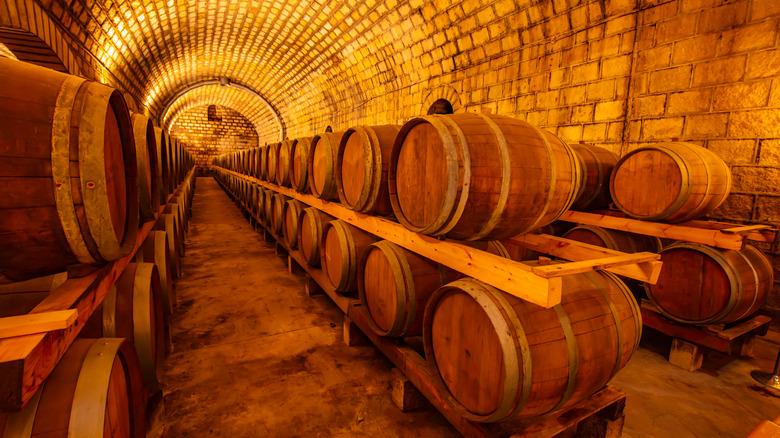
Though not as prolific as the other Chinese wine-producing regions, Hebei's wineries focus on excellence rather than volume. The wine industry is close to the hearts of the people of Huailai county residents. A continental climate of warm and wet summers are ideal to Huailai's viticulture, though the low temperatures brought by Siberian winds require the extra effort of burrowing vine roots in soil for protection.
Chinese wine enthusiasts must have Domaine Franco-Chinoise (DFC) on their radar, born from nearly a decade of Sino-French wine-centric collaboration. Hints of licorice, black fruit, and mint seep into the wines produced by the estate. Devotees of the marselan grape have DFC to thank, as the cuttings entered the Chinese wine scene through the estate's French connections back in 2001. For dry red wine, look no further than Changli, a region east of Beijing known as "the Hometown of Chinese Dry Red Wine" after the first bottle of its kind was manufactured on site in 1983.
Use Beijing as your base for regional wine tastings, as there is much to keep you occupied between wine tastings. The capital's offerings go from monumental — think of the overwhelming UNESCO World Heritage Sites like the Forbidden City and the Great Wall of China — to quaint, like the Beijing hutongs, labyrinthine historic residential laneways that transport visitors back in time.
Xinjiang
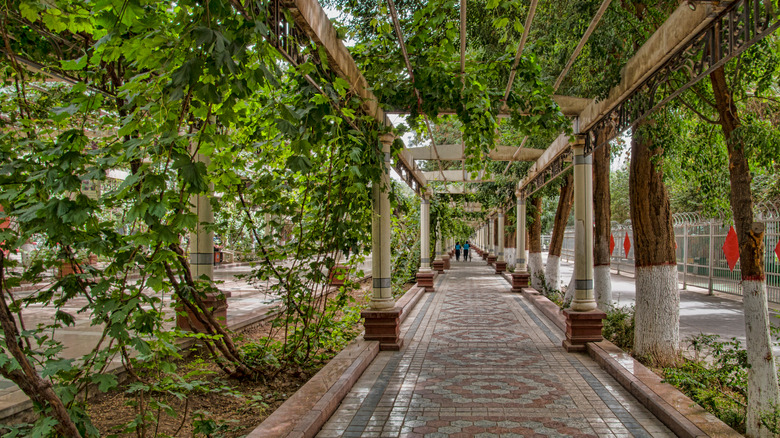
Bordering Kazakhstan, Kyrgyzstan, and Mongolia, Xinjiang (also called Uighur Autonomous Region) is a Northern Chinese region whose winemaking history stretches back to more than 2,000 years ago, when Persians imparted their vine cultivation and wine production knowledge to the Xinjiang people. Characterized by a continental climate, grapes prosper under an average of 3,000 hours of sunlight a year, low rainfall, and relatively cool year-round temperatures. In addition to the classic French varieties — merlot, cabernet sauvignon, syrah, and marselan — Xinjiang's terroir produces a sugary, low-acid grape variety nicknamed the "Chinese white grape."
Located in the Yanqi basin, Tiansai Vineyards transformed barren desert terrain into thriving hectares of vineyards, along with a town where the winery's local workers reside. Their classic bottles include chardonnay, cabernet sauvignon and shiraz. Taking advantage of being less than an hour's drive away from Korla Airport, Tiansai Vineyards is promoting wine tourism in the region, offering on-site suite accommodations alongside a slew of activities ranging from cooking classes to horse riding. Camping facilities are slated to open this year. Meanwhile, in the Xinjiang village of Turpan, Puchang Winery proudly positions itself the region's "first organic vineyard." Staunchly adhering to this claim, the estate practices organic, manual, and chemical-free winemaking processes. Muscat, saperavi, and cabernet sauvignon are some of the estate's wines.
The ruggedness and remoteness of Xinjiang are what makes it so appealing. But penetrating the vast region requires extra effort from travelers, as transportation options can be lengthy affairs that may require border permits, handy Chinese phrases, and an open mind. In return, travelers get a glimpse into the Uyghur people's warmth, culture, and cuisine.
Ready to discover more hidden gems and expert travel tips? Subscribe to our free newsletter for access to the world's best-kept travel secrets.
Read the original article on Islands.
